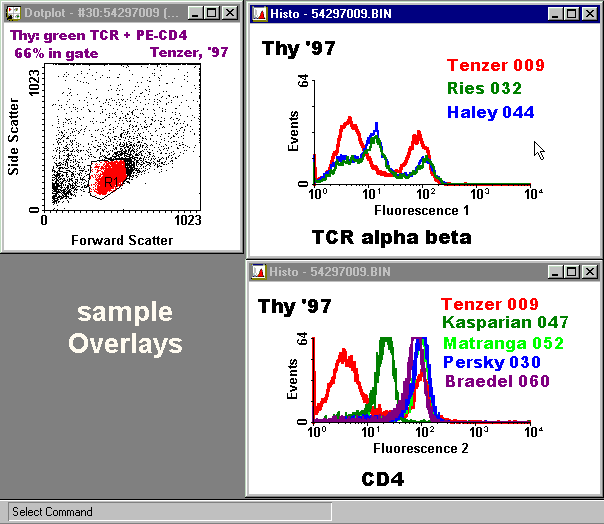
Winmdi 29 Free Download Software
Flow cytometry bioinformatics requires extensive use of. WinMDI, CytoPaint (aka Paint. The Bioconductor project is a repository of free open source software. Flow cytometry is a technique used to detect and measure physical and chemical characteristics of a population of cells or particles. A sample containing cells or particles is suspended in a fluid and injected into the flow cytometer instrument.
The aim of this study was to test the practicality of enumerating fixed, DNA-stained heterotrophic protists (H) and phototrophic protists (P) in contrasting regions of the Atlantic Ocean. Oceanic protists were enumerated using a standard flow cytometer (FACSort, BD) at an enhanced flow rate of up to 1.0 mL min −1 to increase numbers of counted cells. The enumeration error of protists decreased hyperbolically from 30–40 to 2000) of enumerated cells. H and P were discriminated using the extra red chlorophyll-derived plastidic fluorescence of the latter.
The relationship between counts of stained and unstained fixed and unfixed P was statistically close to 1:1, confirming the accuracy of stained protist counting by flow cytometry and adequate discrimination of P from H cells. The estimated average abundance of H in the surface mixed layer of the southern and northern oligotrophic gyres was remarkably similar, with 400 ± 140 and 450 ± 60 cells mL −1, respectively, adding further evidence to the suggestion that these regions are in steady state. In agreement with earlier studies in more productive aquatic environments, a significant correlation (correlation coefficient 0.84, P. INTRODUCTION Accurate enumeration of planktonic protists is critically important for quantifying microbial trophic dynamics and for understanding the roles of microbes in the main biogeochemical cycles, because protists are key primary producers and consumers of biomass in the world ocean.
The fluorescence of chlorophyll and other photosynthetic pigments makes phytoplankton cells well suited for studies by flow cytometry (FC). The majority of oceanic phytoplankton comprises small picoeukaryotic algae as well as abundant cyanobacterial cells, which can all be enumerated using established flow cytometric procedures (). Larger, less abundant, eukaryotic nanophytoplankton cells have also been enumerated by FC (). FC following DNA staining is successfully employed for the enumeration of bacterioplankton (B) including cyanobacteria (; ).
Plejkast s dnem rozhdeniya sergej. I’m not allowed to do all of the giving handle away and I need to make 5,000 dollars earlier than 12/25/14 I can bake and I talk to my she mentioned I ought tto start a bake sale do you tink it greatest to go to the richer neighborhoods and also I used to be go, a start off by getting donations trigger each November and December I’ve three fundraising for homeless and sickness and household thee household one is for me to save hsve of it for me annd the remainder for Christmas gifts for family and mates.
Phagotrophic or heterotrophic protists (H) are usually enumerated using microscopic techniques () and discriminated from phototrophic including mixotrophic protists (P), by the presence or absence of autofluorescence of plastidic photosynthetic pigments. Microscopic counting of protists is time consuming and hampered by human error, such as misidentification. Protists could also be enumerated by FC using either DNA stains (;; ) or food vacuole stains (). Although the latter method was suggested as a promising technique for enumerating heterotrophic protists in natural aquatic communities, the approach requires FC of live stained cells. These could suffer mortality during sample incubation and storage before analysis, and so the approach may lack accuracy. In that respect, a technique that involves cell fixation would be preferred. A potential disadvantage of protist fixation is that this approach may introduce errors, such as loss of cells, severe distortion of cell size and shape upon fixation ().